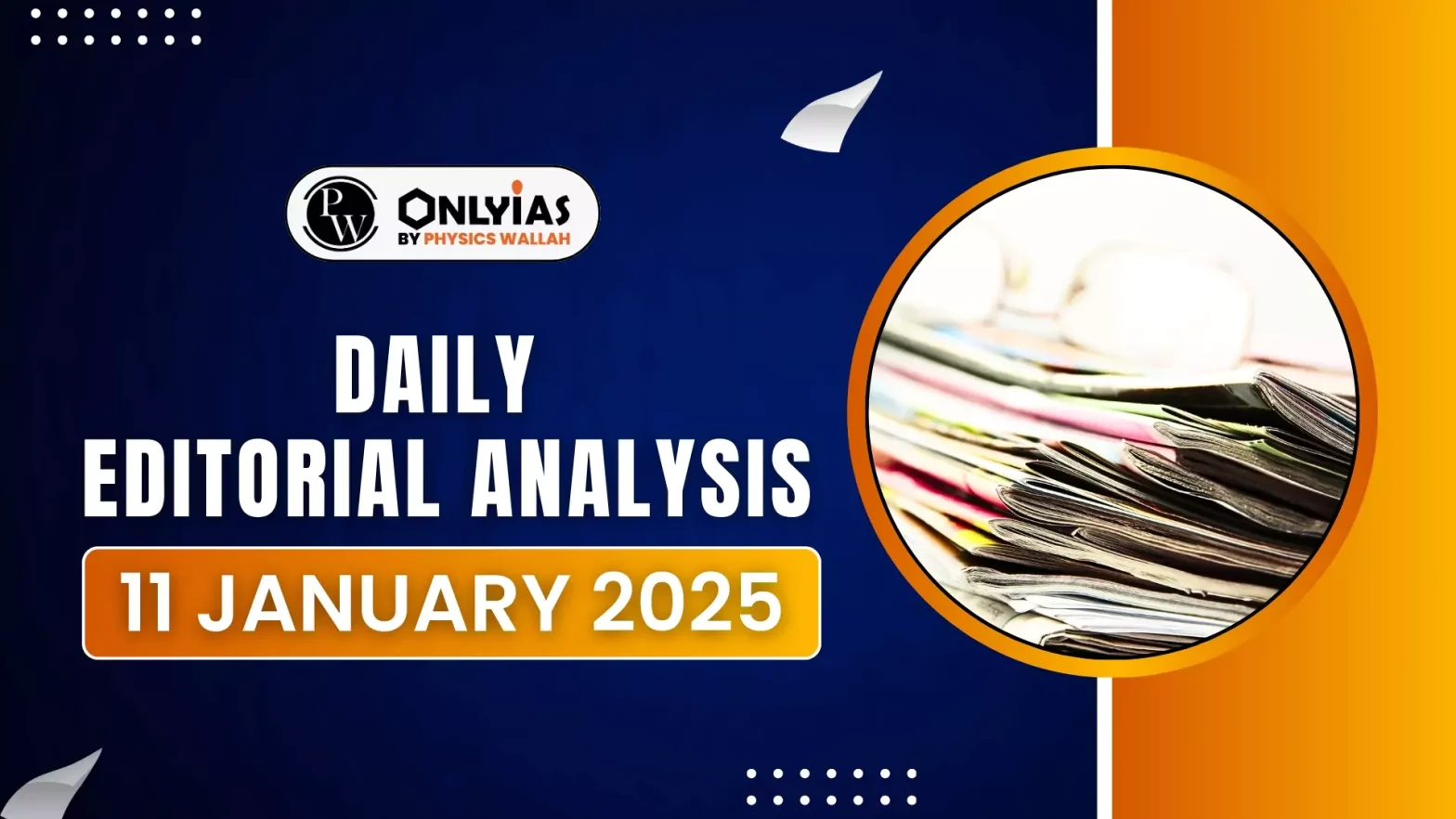The article underlines India’s strides towards integrating AI systems in the military, and challenges associated with it. India’s strides towards integrating AI systems in military:
- Drone System: Products such as the Indrajaal autonomous drone security system have been developed
- Development of data centres: India has also attracted investments from numerous foreign tech giants for its AI ecosystem — Microsoft, for example, has committed approximately $3 billion to building data centres in Telangana.
Enroll now for UPSC Online Course
About Indrajaal
- Indrajaal is an air defence system that can protect an area of 4000 square kilometres from unmanned aerial vehicles such as armed drones.
- Developed by: Grene Robotics
- It is India’s first 100 percent indigenous unified, distributed and wide-area Autonomous Drone Defense Dome.
- Each system is capable of protecting a large area of 1000 to 2000 sq. km against threats from Unmanned Aerial Vehicles or UAVs and incoming weapons.
|
Challenges
- Lack of digitised data: A lack of digitised data to train systems on as well as a dearth of funds.
- Expansive data centres: The biggest issue is the fact that the data centres required to run AI systems are expensive.
- Replacing legacy systems: India’s military already has to focus on replacing legacy systems such as older aircraft with newer models, which is an expensive endeavour in itself.
Views of Government Officials on use of AI in Military:
- PM’s View : During the Global Partnership on Artificial Intelligence (GPAI) in 2023, the Prime Minister also remarked that there must be a focus proceeding with extreme caution and warned of the darker sides of AI.
- Defence Minister: “artificial intelligence or AI has the potential to revolutionise military operations, from predictive analytics to autonomous decision-making systems”.
|
- Siloed nature of the armed forces: The Indian Army, Indian Navy, and Indian Air Force have separate doctrines, systems and communication practices
- Reliance on public sector units (PSU): When it comes to the procurement of systems themselves, one of the issues with developing AI for defence is the reliance on public sector units (PSU), which has prevailed in India for many decades.
- Inconsistencies in Government Sentiments Toward Military AI: There appears to be some degree of inconsistency within the government regarding sentiments towards military AI.
- For example, the Minister of External Affairs compared AI to nuclear weapons — AI will be as dangerous for the world as nuclear bombs once were” — in terms of their potential dangers to the world.
Government Initiatives and Bodies in AI
- The Defence Artificial Intelligence Council (DAIC) and the Defence AI Project Agency (DAIPA) have been set up.
- National Strategy for Artificial Intelligence (AI): Under it, NITI Aayog has identified five sectors — healthcare, agriculture, education, smart cities and infrastructure and transportation — to focus its efforts towards implementation of AI.
Check Out UPSC CSE Books From PW Store
Way Forward
- Public-Private Partnerships (PPPs): To equip the military with the best systems at a large enough scale, there will have to be public-private partnerships (PPPs) or an introduction of private competition.
- As seen with the space sector, this can significantly change the state of affairs.
- Systemic changes: India needs to make systemic changes to tackle issues such as the inter-service silos and an overreliance on PSUs.
- International collaboration: Collaboration and innovation internationally and in terms of PPPs will accelerate AI adoption and innovation.
- Joint Procurement: Joint procurement of communcation systems should be there among armed forces.
- Strategic alignment: Strategic alignment is paramount, and robust frameworks and policies are necessary to ensure AI’s effective and ethical deployment.
Conclusion
Israel and China have focused on rapidly developing and deploying military AI and their technologies are already far ahead.
- India needs clarity of vision in its attitude towards AI, to make it possible to roll out AI systems faster and catch up with the global AI wave
![]() 11 Jan 2025
11 Jan 2025

